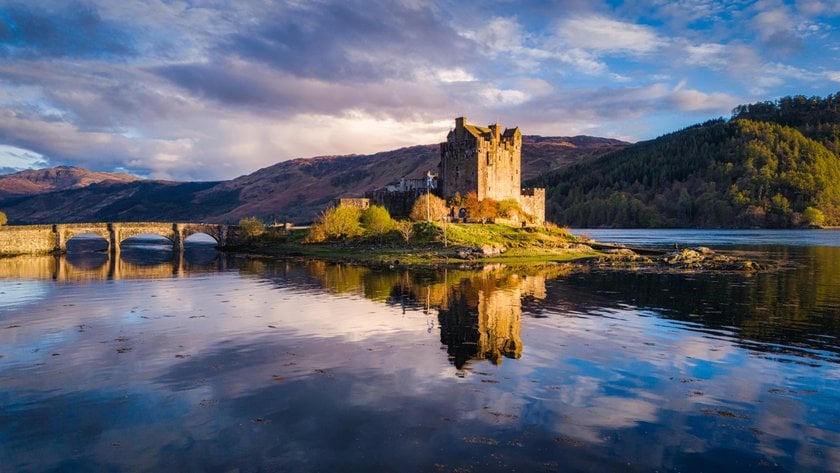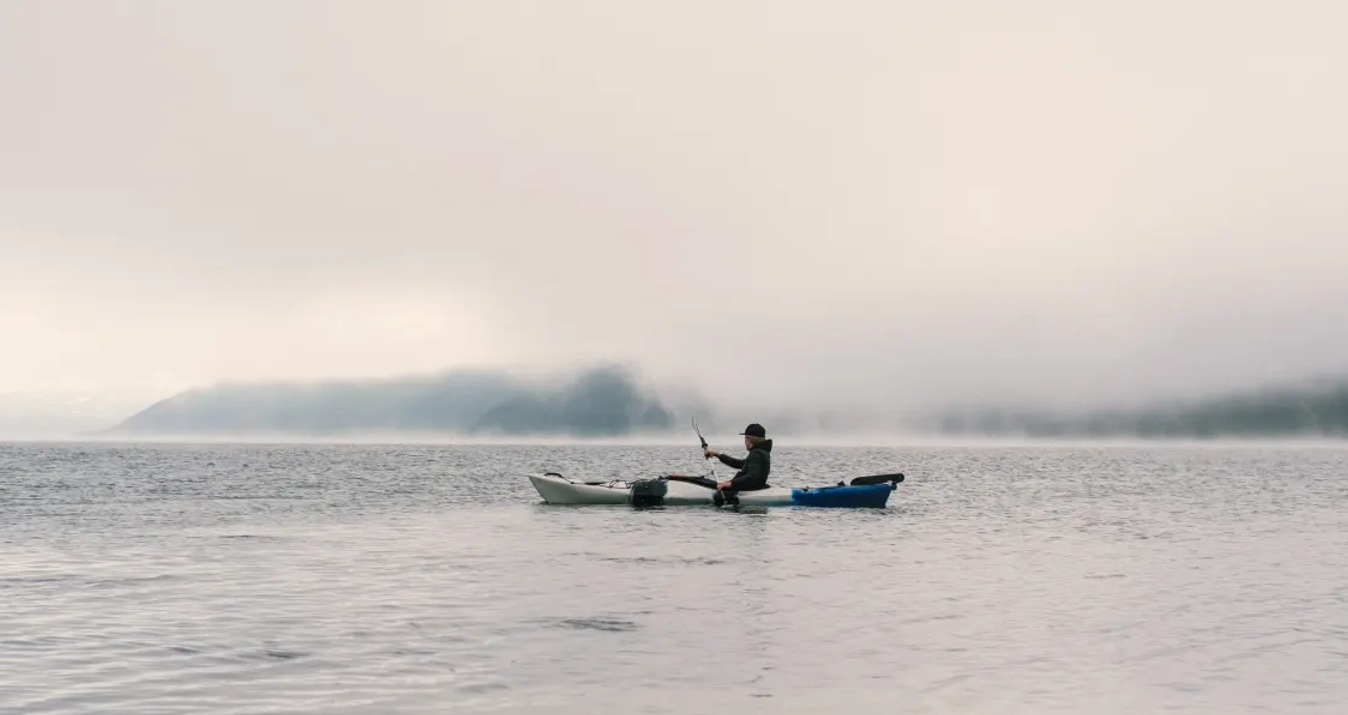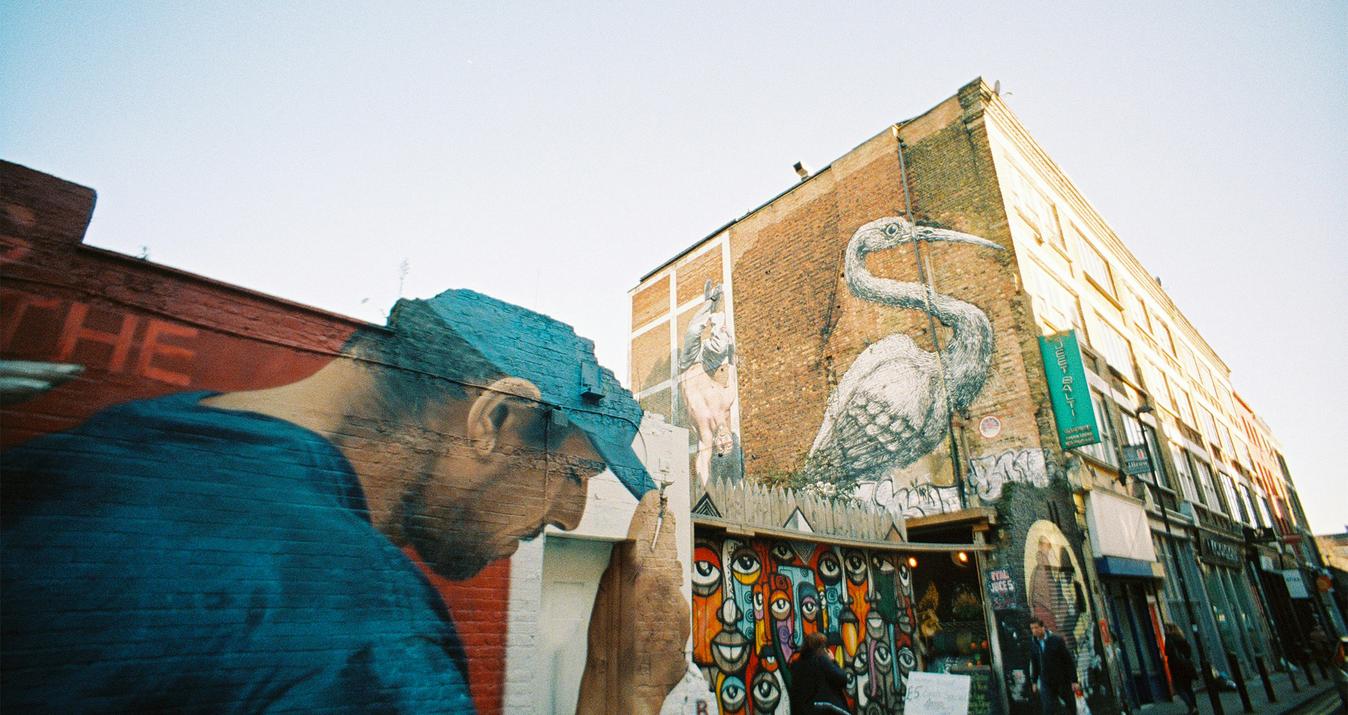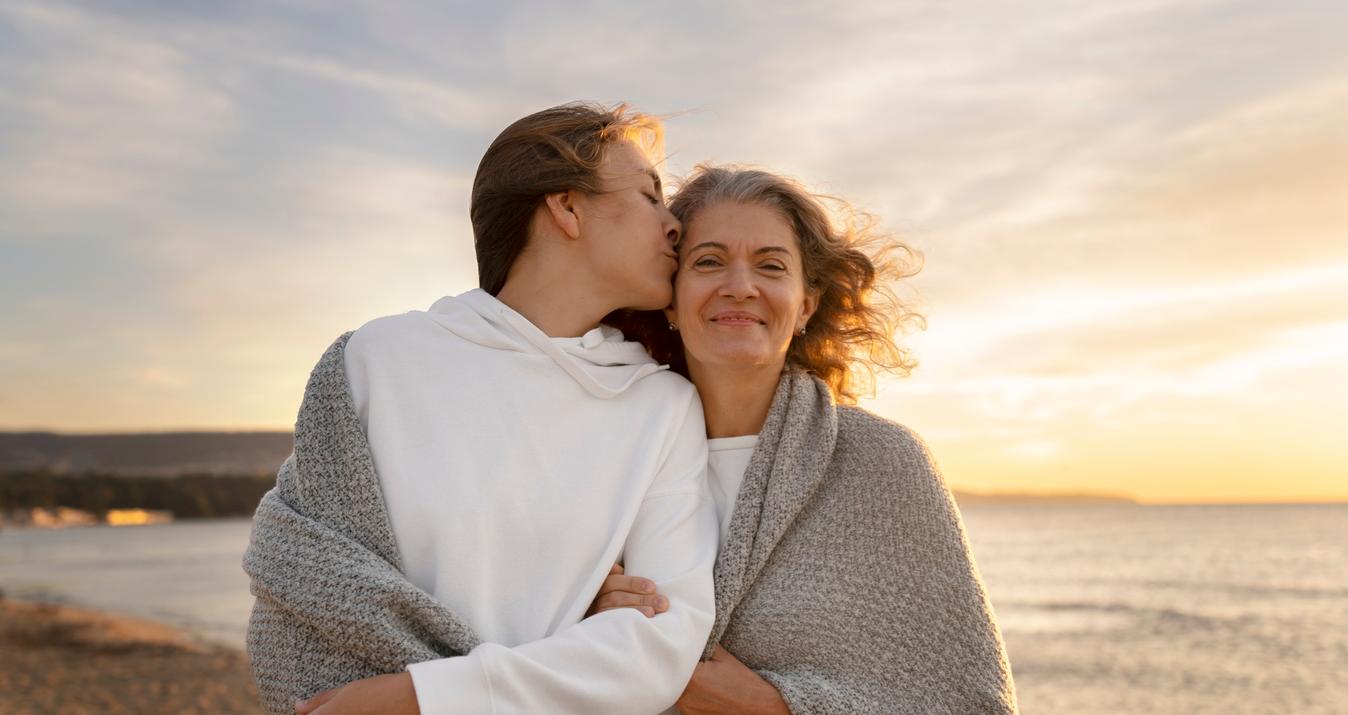Seascape Photography: How to Capture the Beauty of the Coast
November 08, 2024

Discover the art of seascape photography! Learn tips and techniques to beautifully capture the stunning coastlines and serene ocean views.
I'm sure that all landscape photographers would agree that photographing seascapes can be both challenging and rewarding. Depending on the time of the day, time of the year or weather, they can look totally different, making them an inspiring and exciting subject to photograph.
In this blog, you will find all the tips you need to take striking seascape photos on your next trip to the coast. Also, we will introduce you to the AI photo editor, which will help you achieve the best results when processing your photos.
1. Location, location, location
 I always recommend doing some research before heading to the coast. Use tools like Google Maps, Google Earth, Instagram, Pinterest, and photo-sharing websites such as PhotoHound to find the best photography spots in the area you're planning to visit.
I always recommend doing some research before heading to the coast. Use tools like Google Maps, Google Earth, Instagram, Pinterest, and photo-sharing websites such as PhotoHound to find the best photography spots in the area you're planning to visit.
Additionally, if time allows, scouting the location beforehand will give you a better idea of what to expect. This will give you a better understanding of composition opportunities. When on-site, use and highlight features such as cliffs, rock formations, lighthouses, and natural elements like driftwood and stones to add depth to your photos.
And don’t forget about tides and weather. These two are essential to consider when planning a seascape photoshoot, so check both to ensure that you're shooting at an appropriate time.
2. Timing
Sunrises and sunsets make stunning photos, especially by the sea. You can capture the sun straight on or turn slightly until you get beautiful texture and drama in the foreground elements. The Golden Hour and Blue Hour are also great for capturing seascapes, as they offer soft and natural light that will enhance your photos.
Next to the sun's position, the tide is another critical element that will visually impact your photos. The water rushing in offers great opportunities for amazing dramatic images, and, in contrast, when the water gets low, it creates very calm and tranquil results ideal for extra-long exposure shots.
3. Essential Gear for Seascape Photography
 Below, I've prepared a checklist of the things you'll need to shoot seascapes:
Below, I've prepared a checklist of the things you'll need to shoot seascapes:
1. Lenses: Seascape photography offers a wide variety of subjects and, therefore, is very flexible regarding lenses. To cover most photography scenarios, from wide views to more detailed shots, I recommend a standard zoom lens. If you want to add more creativity, I recommend a wide lens and an extra-long zoom lens.
2. Filters: Filters offer additional creative possibilities for capturing images using your camera. A simple polarizing filter will help reduce glare and improve reflection in the water. A neutral density (ND) filter will allow you to apply the long exposure technique to your photos. Depending on the time of the day, you may need several ND filters to get the desired results. Most photographers start with ND 300, 600 and 1000.
3. Remote Shutter: A remote shutter is a great tool to avoid an additional shake (motion blur) of your camera. It is even more beneficial when applying the long exposure technique, as even the slightest shake can ruin the photo.
4. Tripod: A tripod will help you stabilize your camera for long exposure shots, especially in windy areas. Beware of sea water, which could easily damage the feet of your tripod. Additionally, you can look for specific leg attachments to avoid the tripod sinking into the wet sand.
4. Basic Techniques for Seascape Photography
 Depending on your photography vision and style, as well as the time of the day, and weather conditions, each situation may require different photography techniques.
Depending on your photography vision and style, as well as the time of the day, and weather conditions, each situation may require different photography techniques.
For a vibrant daylight capture, use a fast shutter speed to freeze the moment, capturing the details of the sea and sky. For a more artistic approach, try to use different shutter speed lengths, starting with 1 or 2 seconds to 1,2 or 3 minutes.
The various lengths will help you showcase the movement of the water, waves and clouds in a very creative way. Using different techniques and then combining them after in post-processing is a great way to be even more artistic.
5. Composition Tips for Seascapes
 Seascapes, similar to other landscape photography, highly benefit from the use of traditional composition techniques. Using the rule of thirds, leading lines, symmetry, and reflection can improve your photo's overall impact. While it is always a good idea to experiment and break the composition rules, it is good to start with using the basics:
Seascapes, similar to other landscape photography, highly benefit from the use of traditional composition techniques. Using the rule of thirds, leading lines, symmetry, and reflection can improve your photo's overall impact. While it is always a good idea to experiment and break the composition rules, it is good to start with using the basics:
Rule of Thirds: Using the horizontal lines of the seascape allows you to add more focus to the sky or sea. This is traditionally created by placing two-thirds of the main element into your frame (for example, 2/3 of the sea and 1/3 of the sky).
Foreground Interest: Add more depth to your seascape captures using natural elements like rocks, driftwood, or other coastal elements in the foreground.
Leading Lines: Use natural features like waves, shoreline curves, or cliffs to lead the viewer's eye through the image.
Find out more: Photography Composition for Beginners—Best Guide to Learning
6. Mastering Long Exposure Techniques
 Why long exposure? — you may ask. Well, let’s find the answer. Long exposure is a beloved technique of every seascape photographer. It allows you to smooth the water and create a dreamy and surreal shot. While the method is simple and accessible, it requires additional equipment and gear like a tripod, filters, and a remote control.
Why long exposure? — you may ask. Well, let’s find the answer. Long exposure is a beloved technique of every seascape photographer. It allows you to smooth the water and create a dreamy and surreal shot. While the method is simple and accessible, it requires additional equipment and gear like a tripod, filters, and a remote control.
As for the shutter speed setting, set your camera on a tripod and choose the desired framing. Once satisfied, lock the camera in its position, attach the ND filter, and dial in the required settings. The shutter speed will depend on multiple factors: the strength of the ND filter, the light conditions, and the selected f-stop.
To start, set your camera to Manual Mode, adjust your f-stop to f/7.1, and set the shutter speed to 60 seconds. Take the shot using the timer built into the camera or the remote control to avoid unwanted camera shake.
Then, check the result and adjust the shutter speed if needed. If the image is too dark, increase the shutter speed, and decrease it if it is too bright. Several handy mobile applications can help you calculate the correct shutter speed based on your gear.
Find out more: Photography Cheat Sheet: Manual Mode Camera Settings
8. Post-processing

Regardless of the format you shoot in, you will have to edit your photos to get the most out of your seascape captures. Start with the basic development, adjusting the white balance, highlights, shadows and overall exposure.
After that, move on to the sharpening, focusing on creating a balanced contrast between your photo's smooth sea and textured elements. This is also the right time to take care of imperfections, including digital noise, sensor dust, chromatic aberration or unwanted elements.
Many photographers who look for more natural results will stop here. However, photo-editing software like Luminar Neo offers many other creative possibilities, starting with basic enhancements to complete the transformation.
Exclusive Tools of Endless Possibilities in One AI Editor
Explore Now!The Bottom Line
The ocean is constantly changing, offering us countless possibilities to capture it. If you have a chance to do so, I highly encourage you to explore and try to capture its beauty by trying some of the points I mentioned in this blog. After the shoot, Luminar Neo will be your best ally to edit your capture and create breathtaking views.





